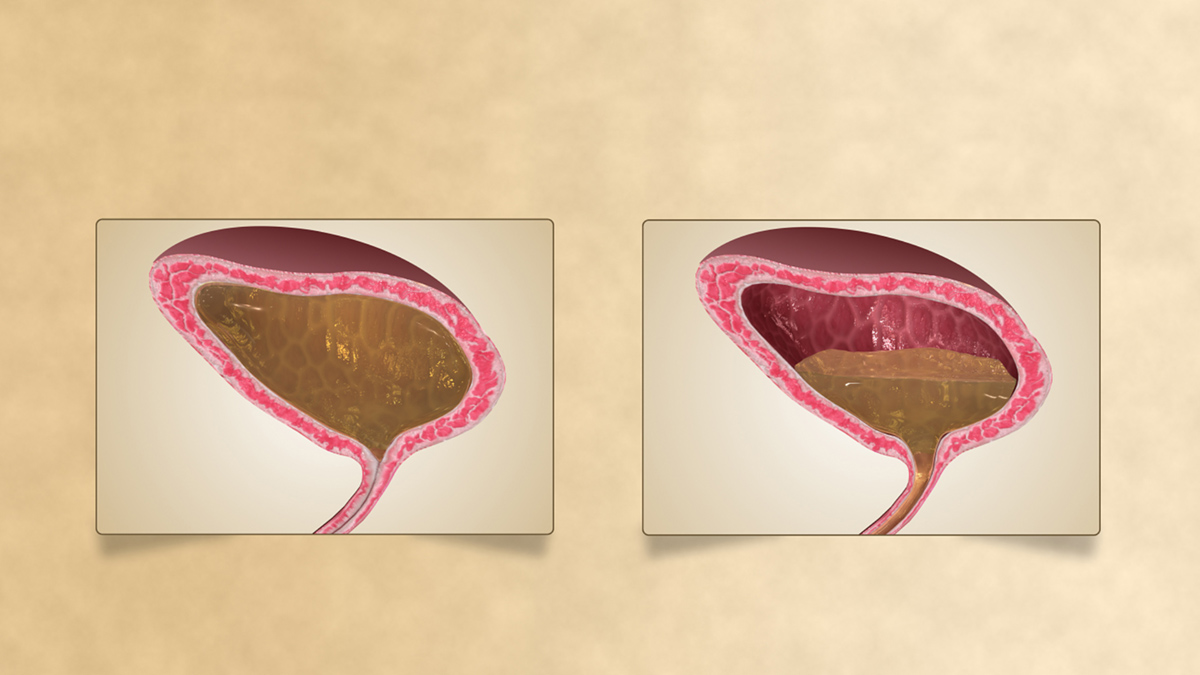
Urinary incontinence is a certain type of medical condition which can be characterized by a complete loss of control over one’s bladder which results in involuntary urination. In some cases, this medical condition is also referred to as enuresis. There are numerous different types of factors which can be characterized for the onset of urinary incontinence. When it occurs in infants and toddlers, in most cases it can be characterized as a completely normal thing. The main elements of the urinary system include the urethra, the bladder, the ureters and the kidneys. The kidneys produce the urine which gets transported to the bladder by means of the ureters. The urine gets stored by the storage tank until it gets expelled through the process of urination. There is a significant amount of coordination between the muscles, nerves and the brain which needs to take place so that the urination may get carried out. The sphincter and the detrusor are the two main muscles required for the urination. The sphincter contracts in order to keep the urine in the bladder while the detrusor gets contracted for the squeezing of the urine out of the bladder. The flow of urine is controlled by rather careful balances of these two muscles. Urinary control may be compromised if either of these muscles does not function properly. The urethra is the canal through which the urine flows from the bladder.
Children with Urinary Incontinence
Urinary incontinence in children or childhood enuresis can easily be divided into two distinct groups. Diurnal enuresis occurs during daytime, while nocturnal enuresis takes place while the child is asleep at night. Nocturnal enuresis is in most cases also called bedwetting and it is actually the most commonly occurring type of urinary incontinence. It is considered quite normal for children who are up to 7 years old. Diurnal enuresis is much more problematic and it can be associated with some serious health issues. The timing of symptoms is another way of categorizing urinary incontinence in children. Primary enuresis is the term used for urinary incontinence which occurs continuously, without any dry nights. Secondary enuresis is the term used for urinary incontinence which occurs after a period of six months of dry nights. According to numerous statistics, urinary incontinence in children is a quite common thing. Every fifth child of up to 5 years of age experiences urinary incontinence. The same can be said for every tenth child who is 7 years old. Out of all those seven year olds who experience problems with urinary incontinence, every fifth child experiences diurnal enuresis. It is an interesting fact that diurnal enuresis occurs more often in girls than in boys, while the nocturnal enuresis occurs in boys much more often than it does in girls. Secondary enuresis is in most cases connected with anxiety or some other sort of psychological stressor.
Causes of Urinary Incontinence in Children
The exact cause of nocturnal enuresis in children is largely unknown, but in most cases it is associated with certain types of factors such as overproduction of urine, developmental issues and inability to respond to bladder distention during sleep. There is a also a slight genetic disposition, and it is a scientifically proven fact that nocturnal enuresis may be hereditary. There are also several other less common causes of nocturnal enuresis in children and those may include neurologic abnormalities, anatomic abnormalities, infections and different types of endocrine abnormalities. The most common causes of daytime incontinence include wetting with giggling, constipation, urinary tract infections and voluntary holding of urine. Certain other factors which do not occur that often include diabetes, anatomic abnormalities and different kinds of neurological causes. Most cases of daytime incontinence usually disappear on their own as the child grows out of it.
Treatment Options for Children with Urinary Incontinence
Fortunately enough, in most cases of urinary incontinence in children the medical condition naturally fades away all on its own, as the child grows out of it. The stressful periods ten to pass, the child simply learns how and when to react to the body’s signals that it is time to void, excessive activity of the bladder gradually settles down and the overall capacity of the bladder gets increased with time. There are also certain types of medicaments which can be used in some cases of urinary incontinence in children. These include the synthetic version of ADH hormones which may be purchased in the form of nose drops, nasal sprays or pills. Imipramine is also used for the treatment of urinary incontinence in children as it affects both the bladder and the brain. Different types of anticholinergics may be used as well, because they are very effecting in controlling the muscle spasms associated with cases of overactive bladder. Bladder training, decreased consumption of fluids before sleeping and the development of routines for waking up can also be helpful. Some people tend to use moisture alarms to help their children with urinary incontinence.




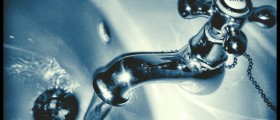

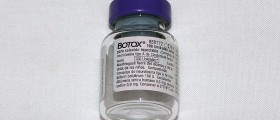
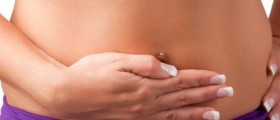

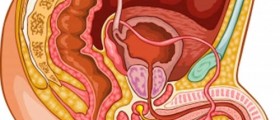
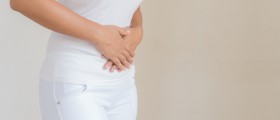
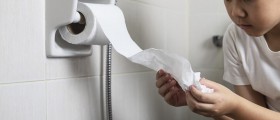
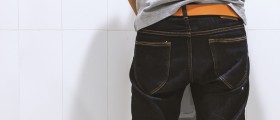



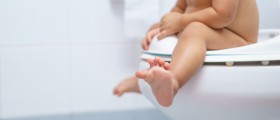
Your thoughts on this
Loading...